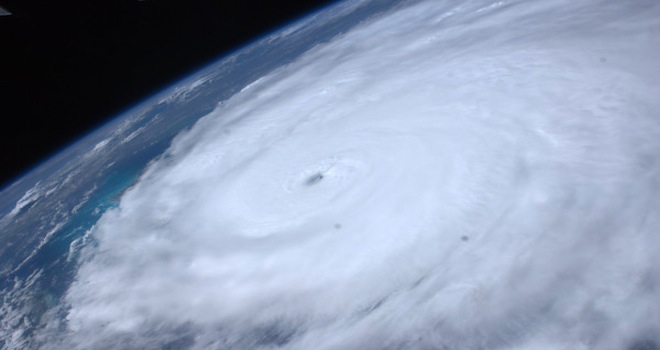Updated 5:54 p.m. ET, Aug. 27
As an estimated 65 million people along the Northeast Coast await the landfall of Hurricane Irene, some already evacuating, the region’s nuclear power plants are preparing to shut down in the event that conditions grow too dangerous for them to continue operations.
A total of 12 nuclear power stations consisting of 20 distinct nuclear reactors in 9 states are in the direct path of the hurricane, according to Reuters.
The first two plants due to be hit are both owned by North Carolina power company Progress Energy. But the company told Reuters that one of them, the Brunswick Nuclear Power Plant, located near Southport, is likely to continue operating through the storm.
“Forecasts do not currently call for hurricane-force winds at the station,” a spokesman said. “If that remains the case, they would likely not shut down.”
Here are all 12 nuclear power plants, including Progresses’, transposed into Google Maps:
View Nuclear Plants in the Path of Hurricane Irene in a larger map
Entergy Corporation owns three nuclear plants in the danger zone: Pilgrim Nuclear Power Station in Plymouth, Massachusetts; Vermont Yankee Nuclear Power Station in Vernon, Vermont and the controversial Indian Point Energy Center in Buchanan, New York, located just 35 miles north of Manhattan.
The company posted a note on its website on Friday explaining the emergency numerous precautions it was taking in advance of the storm.
“Back-up diesel-powered generators are available to provide electricity to plant safety systems if power from outside sources is lost. In addition, in the event of a loss of offsite power, plants are designed to safely shut down should they need to,” the note reads.
That’s a reassuring sentiment, but what about the possibility that backup generators could be damaged and rendered by rising water levels? After all, it was precisely that development that lead to the Fukushima Daichi meltdown in the aftermath of the Japanese tsunami in March.
Thankfully, American generators are located behind flood-proof walls, Bloomberg reports.
In addition, plants must begin closing operations 12 hours before the windspeed is forecast to hit 75 miles-per-hour and reactors cooled to 300 degrees fahrenheit two hours before the winds hit. (Plant operating temperature varies, but is generally around 600 degrees).
Nuclear plant operators are closely watching storm reports and determining if and when to pull the plug.
“If there are 100 miles per hour sustained wins within 320 miles from the plant we will being assessing whether to begin to reduce power with the intention of going off line,” said Jerry Nappi, spokesman for the Indian Point Energy Center, Patch reported.
That said, if there’s one energy company that’s had experience with hurricanes, its Indian Point’s parent Entergy, which is headquartered in New Orleans, also the site of the company’s Waterford Nuclear Generating Station. That nuclear plant was in the path of Hurricane Katrina but successfully shut down and restarted.
Still, Entergy’s other energy infrastructure around the state was damaged and the company took a staggering $1 billion hit from Hurricane Katrina, which bankrupted it, The Times-Picuyane reported. Entergy emerged from bankruptcy in 2007.
If Indian Point is shut down, up to 2 million could lose power. As it stands, some experts are already saying that Irene will cause one of the largest power outages in recent history.
Late Updated: A spokesman from the Dominion Millstone Power Station in Waterford, Connecitcut, emailed us on Saturday night to confirm the plant is reducing power. Kenneth A. Holt, spokesman for Dominion Energy, which owns the plant, said that “Right now, weather conditions at Millstone don’t seem like they will require a shutdown. We are monitoring the storm and if conditions change or look like they are changing, we will take the units offline.”









